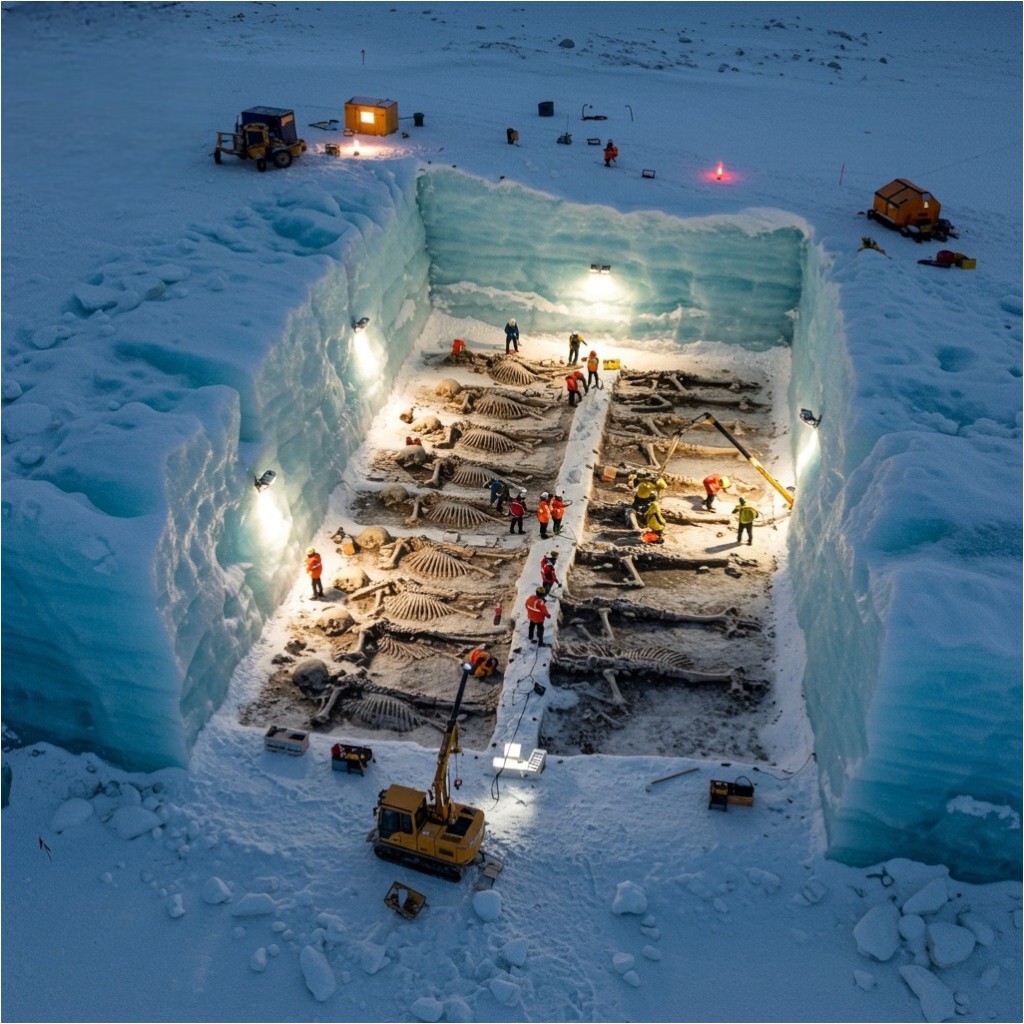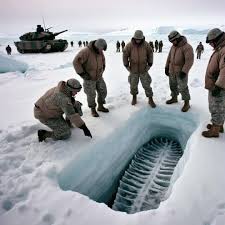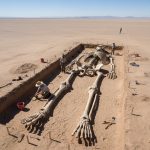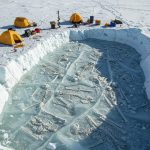BREAKING NEWS: A deep-drilling exploration mission in East Antarctica

BREAKING NEWS from the icy frontier: An international deep-drilling mission in East Antarctica, part of the ambitious Beyond EPICA project, has achieved a world-record milestone by retrieving an ice core that provides the longest continuous record of Earth’s atmosphere, dating back over 1.2 million years. This incredible achievement in paleoclimatology captures ice from a critical period when Earth’s major ice age cycles shifted from 41,000 to 100,000 years. The ice contains tiny, preserved air bubbles—literal samples of ancient air—which scientists will analyze to precisely measure historic levels of greenhouse gases, offering a crucial baseline for understanding and modeling modern climate change.

This groundbreaking scientific discovery is vital for predicting the future impact of global warming. The Antarctic research effort was specifically targeted at a location in East Antarctica, known as Little Dome C, to recover a continuous, undisturbed sequence of ice layers. By extending the continuous climate record beyond the previous 800,000-year limit, scientists can now gain an unprecedented view into the relationship between atmospheric carbon dioxide and ancient planetary temperatures. Analyzing this extended past climate data is key to improving models for ice sheet stability and more accurately forecasting global sea level rise in the coming centuries.

The success of the mission is a triumph of engineering, requiring cutting-edge deep drilling technology to penetrate over meters of solid ice in one of the planet’s most extreme environments. The retrieved oldest ice is currently being transported in specialized cold storage to European laboratories for detailed analysis. This achievement paves the way for further Antarctica exploration, including Australia’s related effort to find ice up to two million years old. These ambitious projects reinforce the critical role of polar climate science in providing humanity with the essential data needed to address the climate crisis. Follow our updates for ongoing insights from the core samples and the next phase of future research.












